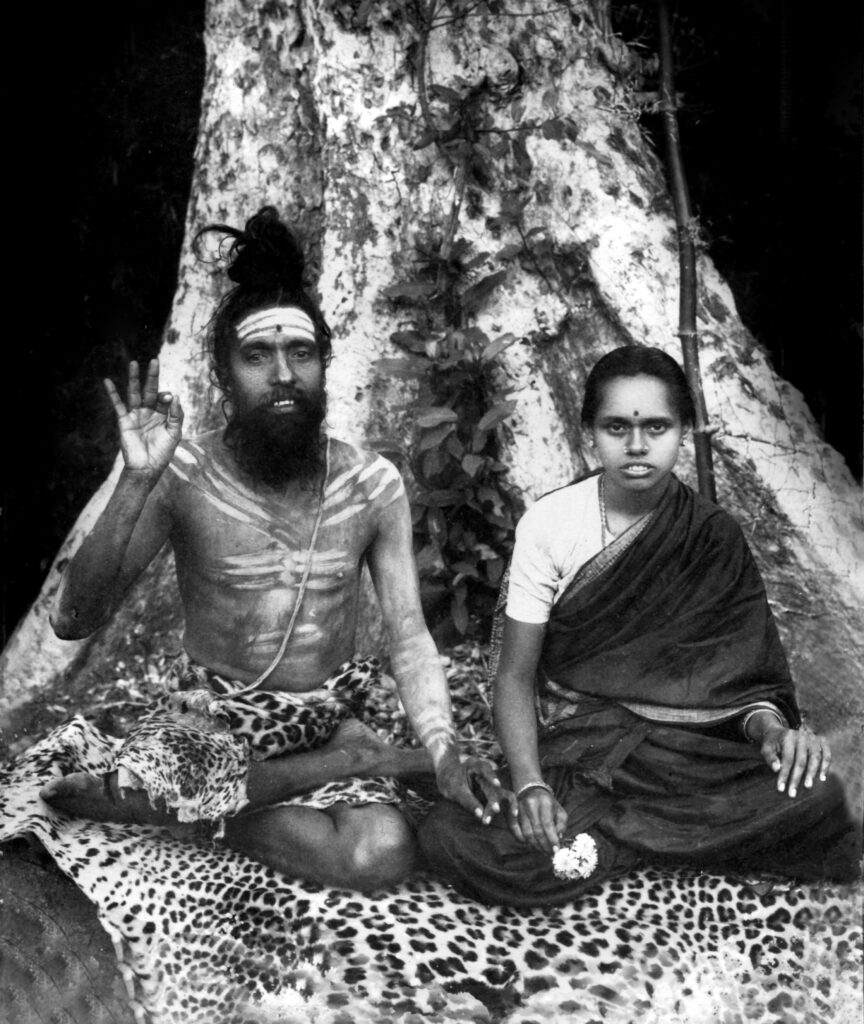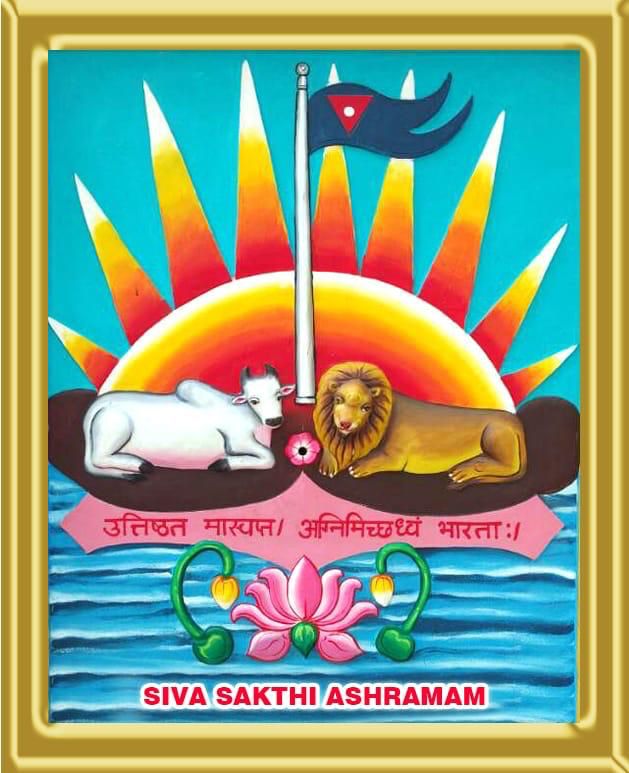

Our Vision: To revive, revitalise and resuscitate the vedic way of life with practices in its truest essence fostering spiritual evolution to both men and women.
Mission: To establish a distinguished center of learning, dedicated to imparting the knowledge of Vedas and shastras.
The origin of Devinatha Samsthapanam traces its roots to 'The Bharatheeya institute' - an institute to revive, revitalize and resuscitate ancient hindu religion was envisioned and established by Pujyasri Devinatha Gurudeva in the year 1946. Through the years, Sri Devinatha Samsthapanam hosts an umbrella of establishments united by a singular vision - to bring the radiant wisdom of the Vedic tradition into the world as walked by our revered Maharishis, the ancient sages of India.
According to the vedas, ‘Agni’ is the source of creation and the first hymn of the vedas (Rigveda) begins with an oblation to ‘Agni’- अग्निमीळे पुरोहितं. Another verse from the Yajurveda- उत्तिष्ठत मास्वप्त अग्निमिच्छध्वं भारताः | says Hey Bharathiyas. Arise! Awake! Worship the Agni.
Agni mentioned in the Vedas is not the physical fire. It is a force, that is responsible for one’s manifestation and absorption. Bha denotes light and one who worships this light (aspect of agni) is called “Bharatiya”. That is one of the reasons why India of the vedic era was called ‘Bhaaratam’ and the Indians were called ‘Bhaarati’. The above quote from the Yajurveda emphasizes the importance of agni upasana as agni is the source of the creation. All the practices and rituals envisaged in the vedas are built on the principle of Agni and keeping the Agni alive through vedic practices. Hence the common Vedic path begins through the upasana of Gayathri and Agni.
The Vedic tradition emphasizes a disciplined and structured approach to life, beginning from Brahmacharya. Brahmacharya in its broader sense signifies a regulated and purposeful way of life, a focused dedication to understanding and embodying Vedic principles. This disciplined approach, including the proper study of the Vedas, doing nitya sandhyavandana, gayatri japa, etc ultimately prepares individuals for a fulfilling and successful dampatya – the sacred partnership of marriage. This principle is not exclusive but embraces both men and women equally, recognizing the spiritual significance of this union within the Vedic framework. Furthermore, the Vedic understanding reveals that Karma (action) and Jnana (knowledge) are not isolated paths but deeply intertwined aspects of a single reality. To truly grasp this, one must trace their origins back to their common source. Just as a tree's branches and roots are part of the same organism, so too are action and knowledge inseparable expressions of a fundamental truth. Therefore, the notion of a separate path solely dedicated to knowledge, or Jnana-marga, is not a complete understanding. There is ultimately one integrated path, the Veda-marga, the way of the Vedas, and its natural culmination, its most complete expression, is found within the sacred and balanced life of dampatya.

Ox, the vahana of Shiva represents the essence of ‘shiva’ tattva and lion,the vahana of Sakthi represents the dynamic ‘shakti’ tattva. Together they represent the concept of creation, the idea that the entire cosmos emerges from the divine union of these principles. The effulgence of the rising sun denotes the culmination of this creative process, signifying the sanctity of dampatya and the spiritual exuberance inherent in the grhasthashrama. Worshipping the agni that is inherent in grahasthashrama is the vedic way of transcending to the brahman. "उत्तिष्ठत मास्वप्त अग्निमिच्छध्वं भारताः" emphasizes the importance of agni upasana in life and the process of spiritual evolution.
Under our Samsthāpanam, we have initiated various establishments and philanthropic efforts rooted in service, knowledge, and tradition. The Devinatha Mission is dedicated to supporting rural education through the donation of books, learning materials, and essentials to village schools, nurturing young minds with access to knowledge. In alignment with our cultural values, we have also established a Veda Pāṭhaśālā, reviving and preserving the ancient tradition of Vedic learning, where students are guided in the timeless wisdom of the vedas.
The sacred Sivasakthi Ashram at Kailasa Konai, founded in 1954 by Pujyaśrī Devinatha, stands as a vibrant spiritual center. Originally consecrated with Pillayar and Murugan as the presiding deities, the ashram has grown to include MahaMeru, Shiva, and Gayatri sannidhis, radiating divine energy. Annual Kruthigai and Navratri Utsavams are celebrated with great devotion and valor, drawing seekers and devotees into deep spiritual communion.
Sri Devinatha Samsthapanam is dedicated to serve as a guiding light to fostering this understanding and bringing the transformative power of the Vedic way of life to all who seek it.
created with
HTML Designer .